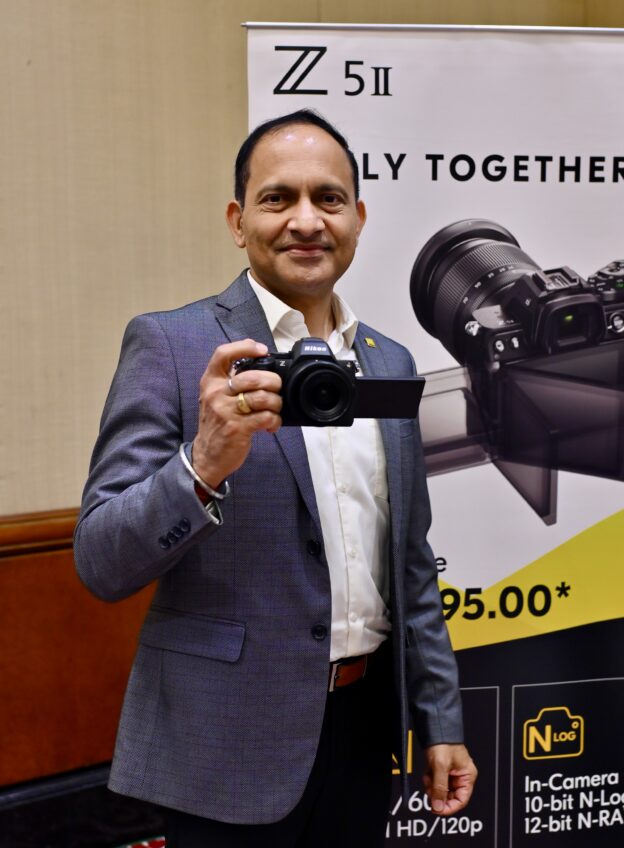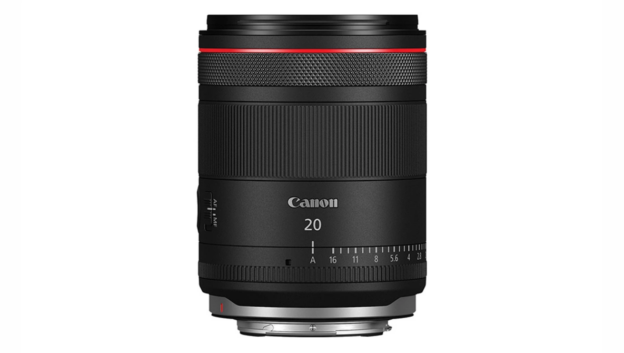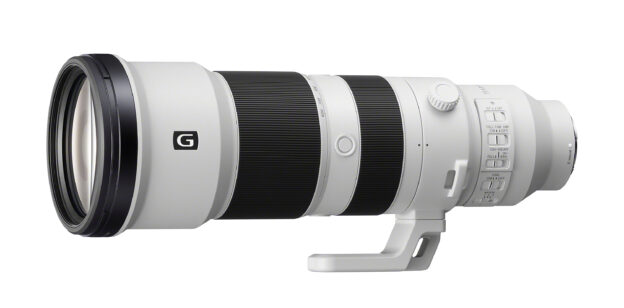Nikon India Private Ltd. recently announced the launch of “Through Her Lens”, Season 4, a contest dedicated to recognise and celebrate the immense contribution of women in photography. The contest will remain open for submissions until March 31, 2025, inviting both women professionals and enthusiasts to participate and showcase their unique perspectives and creative storytelling.
Sajjan Kumar, Managing Director, Nikon India Pvt. Ltd., expressed his thoughts on the occasion, saying, “At Nikon, we believe that women professionals bring a unique strength and individuality to the world of imaging. Through ‘Through Her Lens’ Season 4, we aim to amplify the voices and stories of women from diverse backgrounds who have made remarkable contributions to the industry. This
contest serves as a platform for creative expression and storytelling, capturing beauty in its most profound moments. Our goal is to celebrate their achievements, inspire aspiring talents, and reinforce the fact that women are shaping the visual narratives of our world on equal footing. Let’s honour the power of women behind the camera—because the world looks even more inspiring through their lens.”
With a strong emphasis on both videography and photography, this year’s theme highlights the distinctive way women perceive and capture the world—not just through their eyes, but through their lens. Beyond merely taking pictures, participants are encouraged to create bold visual narratives, cutting through distractions and bringing focus to stories that need to be told. Nikon India invites women from all walks of life to share their moments and stories, showcasing
their unique journeys and perspectives through the lens. This initiative encourages women to embrace their authenticity, celebrate their achievements, and break barriers in the world of photography and videography.
A distinguished panel of renowned women photographers will judge the contest, bringing their expertise across diverse photography genres. Saumya Khandelwal, a celebrated photojournalist, captures compelling narratives through her lens, while Falguni Kharwa, a specialist in newborn and maternity photography, beautifully preserves life’s most delicate moments. Palak Maheshwari, known for her expertise in food and product photography, has a keen eye for composition and aesthetics. Arpitha S Murthy, an acclaimed wildlife photographer, captures nature’s raw beauty and untamed stories. Together, these accomplished jurors will assess the submissions based on creativity, storytelling, and visual impact, ensuring that the most compelling and inspiring works are recognized.
The winners will be awarded exclusive Nikon cameras and special prizes.
→ 1st Prize: Nikon Z f + NIKKOR Z 35mm f/1.4 S
→ 2nd Prize: Nikon Z 30 + NIKKOR Z DX 12-28mm f/3.5-5.6 PZ VR
→ Consolation Prizes: Nikon will award ₹20,000 vouchers to select rising stars based on merit (The number of vouchers will be determined based on the quality of submissions).
Participants can enter the contest by sharing their best Nikon-shot videos or images on Instagram, mentioning the camera and lens used, and tagging Nikon India along with the contest-specific hashtags #HerLensHerStory and #THLS4. Participants must upload their photos/videos shot on a Nikon camera to Instagram, tagging Nikon India and mentioning the camera and lens used in the caption.
Submissions will be judged on originality, storytelling, and visual impact. By launching “Through Her Lens”, Nikon India continues its commitment to celebrating the fearless creativity of women in photography and videography. The initiative is more than a contest—it is a movement to elevate women’s voices in the world of visual arts. It’s time to frame the world through her eyes, her perspective, and her voice. It’s time to frame the world through her lens.












